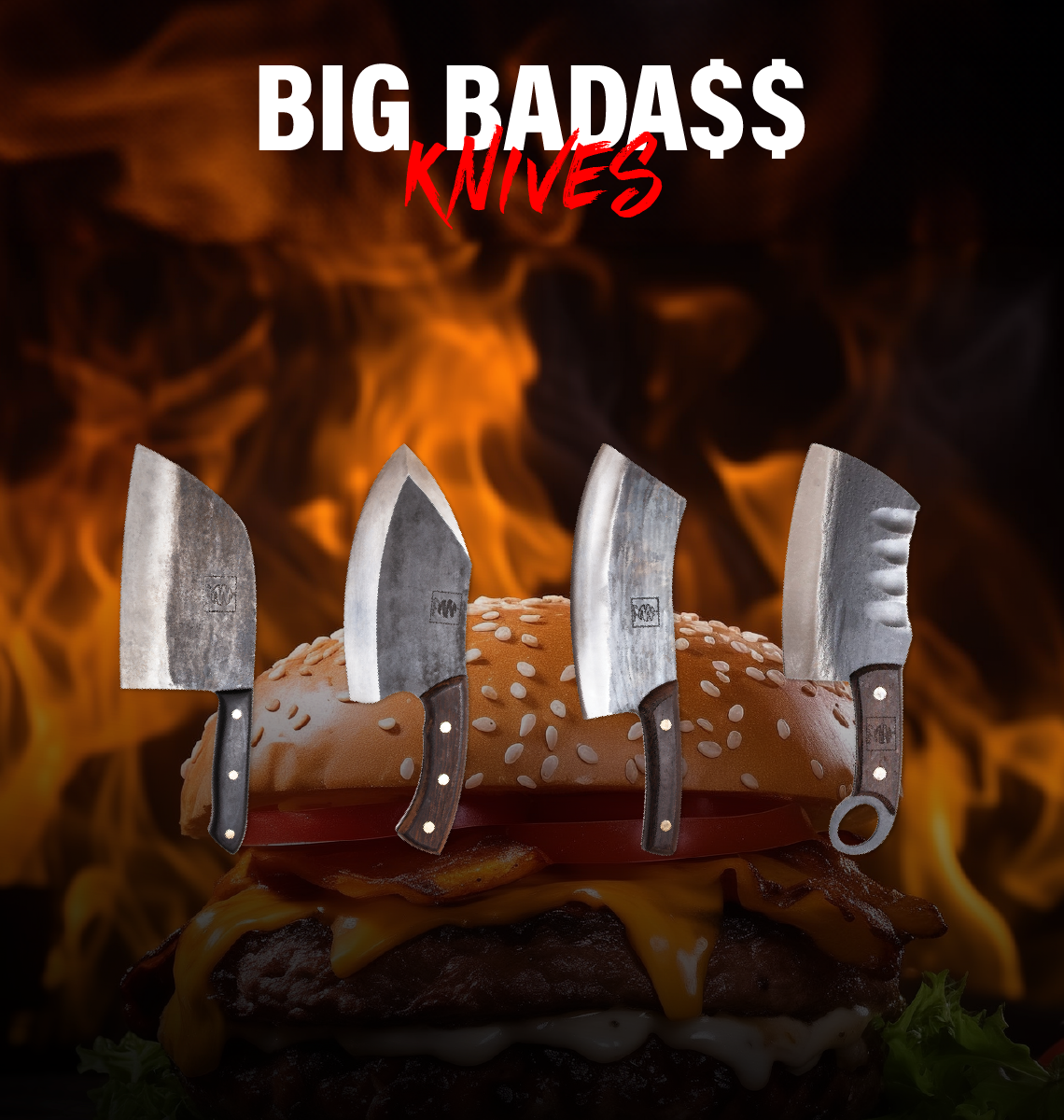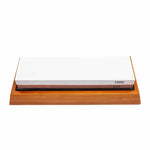Damascus steel doesn’t exist or does it?

Whether you are planning on forging your own knife or buying one, you have definitely encountered with the name of the greatest steel there is - Damascus steel -
We say that Damascus steel doesn’t exist, yet you often see it written in descriptions of knives online. So, are we saying that you are being fooled? No, not really.
But to be sure, you need to know about the phenomenon of Damascus steel and how it is made.

Image source - i.ytimg.com
First of all, let’s find out what is Damascus steel and where does it originate from.
It was the forged steel comprising the blades of swords smithed in the Near East from ingots of wootz steel imported from India and Sri Lanka. These swords had distinctive patterns of banding and mottling reminiscent of flowing water, which captivate by their outstanding look. But these blades were known to be extremely tough, resistant to shattering, and capable of being honed to a sharp, resilient edge, which made them irreplaceable as a weapon.
The name comes from the ancient city of “Damascus”, which would now be in modern Syria. It was in this city that the steel became a leading material for weaponry and kept its place for centuries.
In Damascus, they have found out that creating a hybrid blade with various metals would be much stronger of a weapon than just a pure steel blade.
This means that Damascus steel is, in fact, not pure; it is a combination of various metals, which make it as strong as it is famous to be. But these metals themselves are pure and people who make Damascus steel in the modern times follow the practice of combining pure metals in one blade.
Modern Damascus Steel
Unfortunately, there are no records remaining, which could describe the identification of composites in the original Damascus steel. But traditions of the craftsmanship have been passed through generations and they are the reason this steel is relevant to this day.
Now, people can choose what types of metal they want to combine, but Iron is known to be one of the best metals for this practice thanks to its carbide-enhance solidity and fortitude. The quality and the patterns of the blade depends on the decision of what metals to use, how many layers to compress and how to actually forge.
Pattern-welded steel has been called Damascus steel ever since Bladesmith William F. Moran unveiled his "Damascus knives" at the Knifemakers' Guild Show in 1973.
This "Modern Damascus" is made from several types of steel and iron slices welded together to form a semi-finished product (billet).
Nowadays, people are interested in Damascus steel for more harmless reasons, such as making a humble kitchen knife or an axe. And if you are one of these people or you are simply interested in how they do it, we have a guide for you to follow.
How to make a Damascus blade

Image source - twistedsifter.files.wordpress.com
Firstly, you will need to choose your steel composition, which has to include carbon since it nanotubes form in the steel to allow malleability and sustained strength during the forging process.
Creating a Damascus steel blade can be a long and tiring process but if you are here then you want to achieve the right aesthetic and the powerful blade. So, buckle up.
- Put the ingredients in a crucible, heat it and let the ingredients melt
- When the crucible is at its cooling point, carefully remove the metal ingots and heat them to a temperature suitable for forging.
- Start hammering the metal while it is hot.
- Fold the billets in layers.
- After the metal cools down, reheat it to forge again.
- Repeat this cycle as long as needed to sharpen the edges and shape the blade.
- When the final shape is attained, cut the blade and forge the final details by hand.
- Shave the carburized metal excess from the surface of the blade.
- Insert grooves and drill holes into the blade surface as needed.
- Reheat.
- Hammer blade flat again.
- Polish to set the blade’s near-final form.
- Etch the surface of the blade with acid to enhance the pattern.
- Clean acid thoroughly from the surface of the blade after finishing the forging process completely.
There is, of course, more to it than a few steps, but knowing the core craft is very important for understanding your capabilities before you start doing anything related to knifemaking. And if you were here to know how an actual Damascus steel blade is made, then you succeeded already.
So, does Damascus steel exist in the modern world you ask? Yes, it does, in the form of pattern welded steel blades. It may not be the original metal combination of the ancient city of Damascus, but it is still crafted with the same traditions as it was done 2,000 years ago.
































